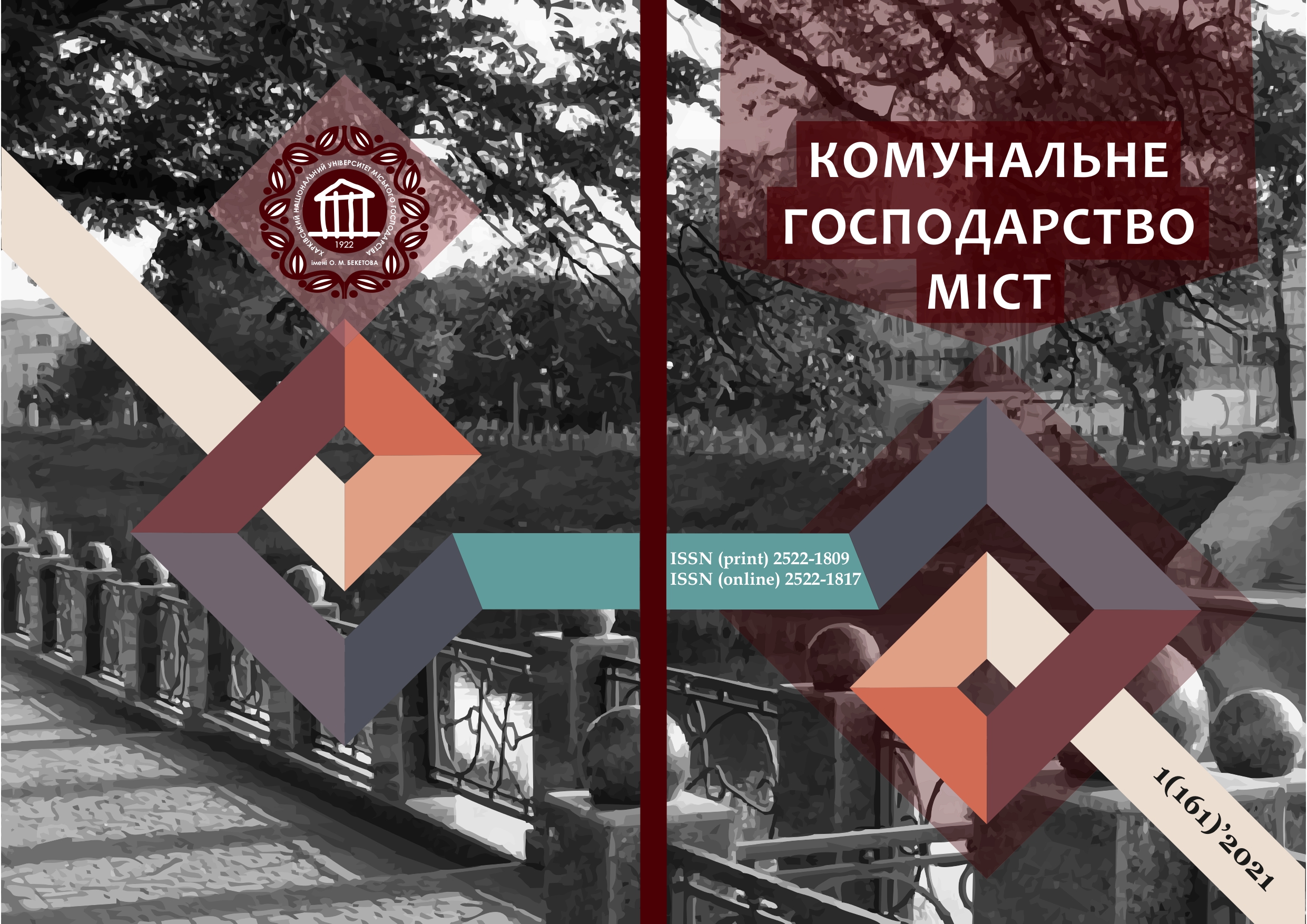CHANGES IN THE PARAMETERS OF FUNCTIONING OF INTERCITY PASSENGER TRANSPORTATION SYSTEM
Array
Keywords:
transport system, intercity passenger transport route, basic parameters of transportation, efficiency, model.Abstract
Taking into account the geographical location of transport hubs, their social and economic characteristics are used as factors of attractiveness or resistance to passenger correspondence, which affects the parameters of the elements of operation of vehicles. At the same time, at this stage of development of scientific approaches to the formalization of the parameters of passenger transport correspondence, the complex level of taking into account the flow of technical and economic parameters of driving to meet demand has been insufficiently determined. Therefore, the study of a comprehensive approach to the modeling of passenger transport correspondence, taking into account certain parameters is relevant. The analysis of modern scientific methods for the calculation of passenger transport correspondence during the operation of vehicles revealed that they are not sufficiently studied. This necessitates the conduct of experimental studies of the parameters of the experimental system and the subsequent establishment of correction factors for the known dependencies of the definition of passenger correspondence in the system. It is advisable to gravitational modeling of passenger transport correspondence, as acceptable for research.
References
2. Dolia, K., Davidich, Y., Dolia, O., Lyfenko, S., & Uhodnikova, O. (2017). Modeling of polygons of maximum passenger route transport accessibility by the example of the transport system of Ukraine. Technology audit and production reserves, 6(2 (38)), 28–33.
3. Kostiantyn, D. (2017). Variativity of the Transport System at Intercity Passenger Transport from the Demand. International Journal of Data Science and Analysis, 3(6), 77.
4. Dolya, C., Lyfenko, S., Nesterenko, S., & Vyatkin, K. (2017). Influence of features of the transport network pattern on the haul cycle length between its nodes on the example of the transport network of Ukraine. Technology audit and production reserves, 5(2 (37)), 54–58.
5. Dolya, C. (2017). Modeling of intercity passenger transportation system. Technology audit and production reserves, (2 (2)), 37–43.
6. Dolya, C. (2017). Modeling of passenger transport correspondence between regional centers in Ukraine. Technology audit and production reserves, 1(2 (33)), 44–48.
7. Galkin, A., Dolia, C., & Davidich, N. (2017). The Role of Consumers in Logistics Systems. Transportation Research Procedia, 27, 1187–1194.
8. Kostiantyn, D., Olena, D., Sergey, L., & Anastasiia, B. (2018). Management of Freight Transport Projects in Cities in Assessing Their Effectiveness. Software Engineering, 6(2), 63.
9. Galkin, A., & Dolya, C. (2017). Influencing financial flows on logistics technology solutions (case study on transportation mode selection). Prace Naukowe Politechniki Warszawskiej. Transport.
Downloads
Published
How to Cite
Issue
Section
License
The authors who publish in this collection agree with the following terms:
• The authors reserve the right to authorship of their work and give the magazine the right to first publish this work under the terms of license CC BY-NC-ND 4.0 (with the Designation of Authorship - Non-Commercial - Without Derivatives 4.0 International), which allows others to freely distribute the published work with a mandatory reference to the authors of the original work and the first publication of the work in this magazine.
• Authors have the right to make independent extra-exclusive work agreements in the form in which they were published by this magazine (for example, posting work in an electronic repository of an institution or publishing as part of a monograph), provided that the link to the first publication of the work in this journal is maintained. .
• Journal policy allows and encourages the publication of manuscripts on the Internet (for example, in institutions' repositories or on personal websites), both before the publication of this manuscript and during its editorial work, as it contributes to the emergence of productive scientific discussion and positively affects the efficiency and dynamics of the citation of the published work (see The Effect of Open Access).

